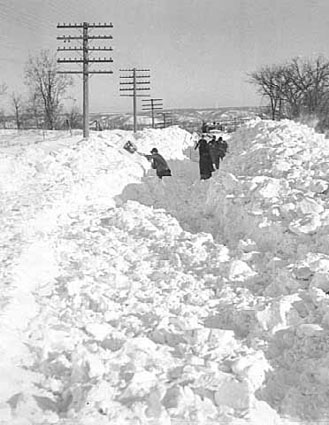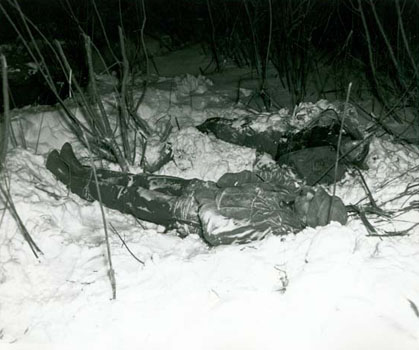 On Armistice Day, November 11, 1940, thousands of hunters gathered to hunt ducks on the Upper Mississippi River in the Great Plains and Upper Midwest, including Iowa, Minnesota, Wisconsin and Illinois.
On Armistice Day, November 11, 1940, thousands of hunters gathered to hunt ducks on the Upper Mississippi River in the Great Plains and Upper Midwest, including Iowa, Minnesota, Wisconsin and Illinois.
The fall of 1940 had been unseasonably warm. In many areas along the “Father of Waters,” November 11 started with blue skies and a balmy 55-degree temperature. The pleasant weather didn’t last long, though, for to the west, a storm was brewing, a storm that earlier had hit the Pacific Northwest with near hurricane-force gusts. Storms normally weaken as they cross the Rockies, but this storm did not. Instead, it tapped moisture from the Gulf of Mexico and cold air lurking over Canada, and the two combined into an explosive pattern. Skies darkened, winds picked up and sprinkles of rain began to fall. Around noon, a howling blizzard began making its way across the Upper Mississippi, a blizzard no one would ever forget.
It came in fast, with 50- to 80-mph winds; rain, ice and snow up to 26 inches; and snow drifts up to 20 feet deep in some places. When the temperature first began to plummet, however, most duck hunters were pleased. Shooting conditions were perfect. Thousands of ducks started funneling into the Mississippi River valley, and the gunning got better and better as the weather turned sour.
What the hunters did not realize was the ducks were gathering in huge concentrations because all the birds were seeking shelter from the increasingly bad storm. Many hunters decided to stay until they could take a limit (and they were big limits in those days) or until shooting hours were over at 4 p.m.
During the excitement of the hunt, the ferocity of the wind and cold air was ignored. And when 4 o’clock rolled around and hunting hours ended, the hunters discovered it was too rough to get back to the mainland. Some tried anyway and managed to make it ashore under their own steam. They stood, white and shaking on solid ground, and looked back on a river running 3- to 5-foot waves.

Hundreds of hunters did not make it back home that night. Freezing, they made their way to high ground when possible and tried to make the best of a terrible situation. Some huddled together for warmth under overturned boats or pulled their hunting dogs close to share their body heat. Others walked round and round to keep from freezing. Some hunters bruised their bodies, hitting themselves in a desperate effort to stay warm.
All of them suffered. Before the night was over, the wild chill temperature dropped as low as minus 55 degrees.
The next day, more than 50 duck hunters were found dead by rescuers, their frozen bodies recovered from marshes, lakes, potholes, ponds and rivers from Ontario to Illinois and from Iowa to Michigan. A total of 154 deaths were blamed on the blizzard. And the Great Armistice Day Storm found a place of infamy as one of the deadliest winter storms ever to hit this country.






